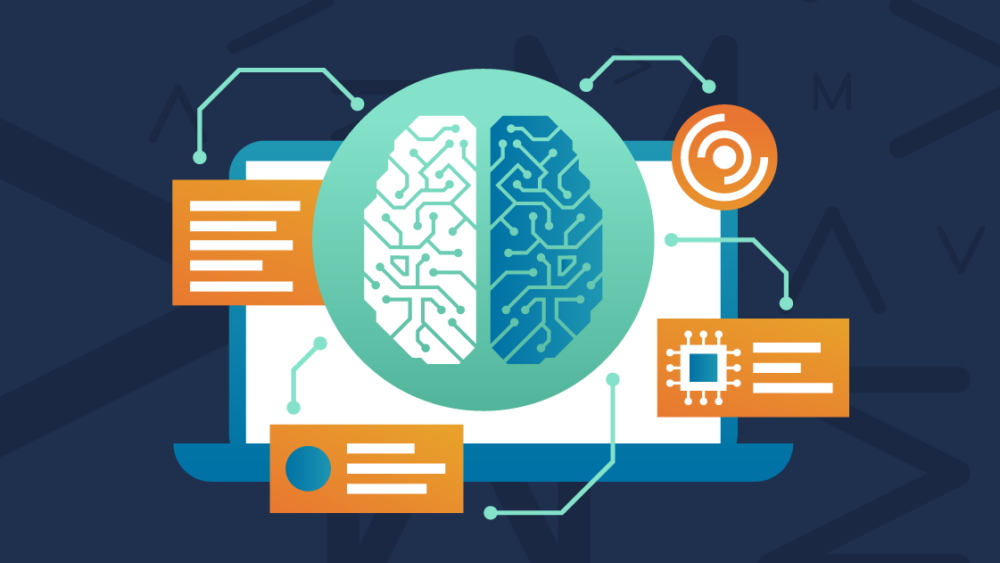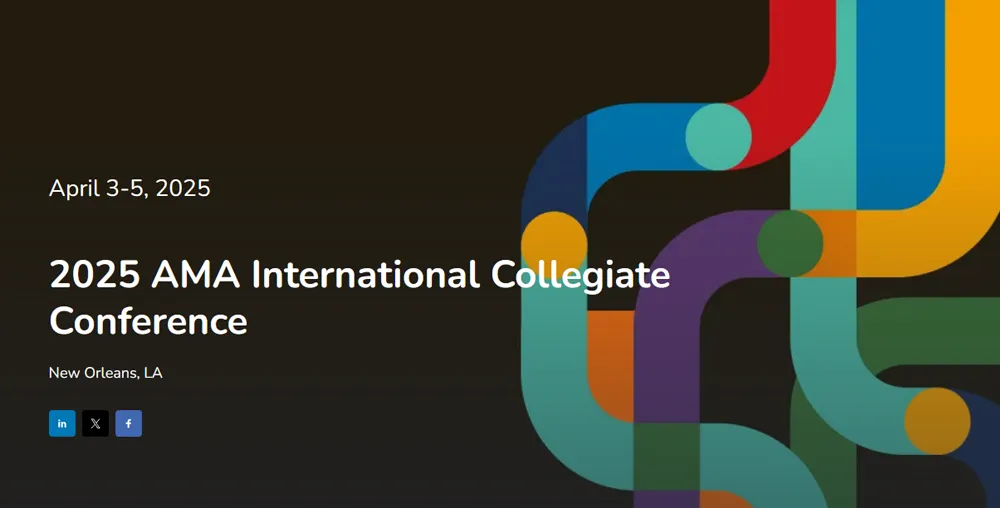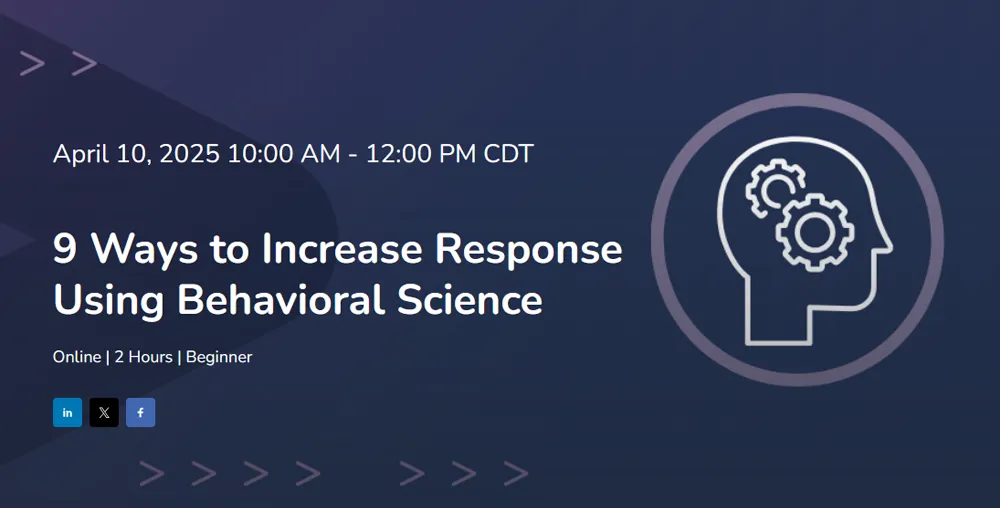By Janette Roush
OpenAI’s ChatGPT has filled our LinkedIn news feeds in 2023, but the breathless headlines about plug-ins and APIs might leave marketers wondering how ChatGPT could be used today – for free – to make their jobs easier or to create better campaigns.
I’m not an early adopter for every piece of tech that comes along (I have yet to engage with the Metaverse or NFTs), but in my role marketing New York City as a tourism destination, ChatGPT has become an essential part of my workflow. In this post, I’ll provide some context about how this tool works, share what the technology excels at, and offer examples that you can use in your work immediately.
First, let’s understand that ChatGPT is a user-friendly interface for interacting with an artificial intelligence model, specifically a Large Language Model (GPT-3.5 or GPT-4 in the case of ChatGPT). LLMs create new content based on learned patterns from training data. They predict the best next word for a sentence, emulating billions of conversations – like an incredibly smart auto-complete. But note that this technology is a large language model . . . not a knowledge model. Much has been written about this technology “hallucinating” facts. So no, it’s not consulting Wikipedia before answering your question, but that doesn’t mean there aren’t dozens of ways to implement this technology into your work.
So how am I using ChatGPT today?
-
Learning. ChatGPT can help writers understand technical jargon or troubleshoot code. It can even teach programming languages or help you better understand your martech stack using examples from your own business. I paste emails into the prompt and ask for them to be explained like I am a high school student.
-
Teaching. I’ve pasted my syllabus for my arts marketing class into the prompt and asked, “What topics are missing from this outline?” And don’t stop there . . . when it suggested intellectual property would be a worthy topic to add, I continued querying the same prompt to get an outline for that lesson plan and in-class exercises that would be relevant to college students in NYC.
-
Content Creation. Many “gotcha!” articles have been written about how this technology creates inaccurate or lazy content, but ChatGPT can be a great co-pilot once you stop expecting it to write final copy without your assistance. ChatGPT can change the tense, format, or tone of a paragraph. I’ve pasted in old LinkedIn posts to create a personal writing style guide for myself, and I’ve pasted in corporate writing samples and annual reports to create a corporate style guide, which I then use as a prompt to rewrite text in our corporate voice. It’s great at following formulas, so I’ve found it helpful for writing RFPs and for reading an RFP and devising a rubric for evaluating responses. You can even ask for that rubric to be formatted as a table!
-
Working with Data. You can paste survey data or lost lead reports into ChatGPT and ask for insights, help with specific pivot table queries, or get assistance with Excel formulas. I find this to be a huge improvement over using search, because instead of wading through ten websites with Excel tips, you will get an immediate answer using your own data. I’ve pasted in 50 rows of data from a spreadsheet and asked for suggestions of what could be learned from this data, and ChatGPT will tell you how to format your pivot table to retrieve specific insights.
-
Public Speaking. ChatGPT is a great resource for moderating or participating in panels, preparing for speeches, and even providing a process to memorize a speech. I like to create an outline and then ask what is missing from that outline. For panels, I provide background on the topic and audience for the conference and the specific panel discussion, and then I define my own role and that of the other panelists. Once the prompt is primed with that information, I share the questions and ask for examples of answers for each of those questions (often asking for uncommon examples to be prioritized).
-
Ideation. ChatGPT is a versatile tool for refining your ideas and strategies. I use it to provide objections, counterpoints, and feedback, and I ask it to use mental models like a SWOT analysis or the STP framework to examine larger questions.
Let’s consider a complex output example – a marketing campaign brief to position NYC as a key destination for e-sports tourism. I’ll start by finding secondary research about the e-sports tourism industry and pasting that into a prompt with the instruction to read this background information and summarize any points that would be relevant to NYC as a destination. Assuming that I have found high-quality, relevant research for my topic, the prompt is now primed to use this information to complete marketing rubrics:
-
Suggest four possible target audiences for this campaign, with both demographic and psychographic details. Pick your favorite audience and go deep – what are the behavior patterns for this audience? Who are the top competing destinations for e-sports? What do those destinations offer to this audience that NYC does not? How could NYC overcome those objections? What are the key features and benefits of NYC as a destination for this audience in the context of e-sports tourism?
-
Once you’re clear on a goal for the campaign, ask for examples of measurable objectives for that goal. This process should be iterative, so treat the prompt like a conversation, not a mandate! If one of the examples doesn’t work, tell the prompt why, and move forward with objectives that make sense for your organization.
-
Once your strategy is set, ChatGPT is unbeatable at coming up with tactics. Again, this is iterative – if you don’t like the first examples, ask for more. Ask for them to be more creative, more practical, to focus on Super Bowl Sunday, to incorporate a partnership with a third party, to be low-cost or applicable for TikTok.
The best advice I can offer is to keep ChatGPT open on your desktop and challenge yourself to find a use for it every day. As you begin to understand its strengths, you’ll be better equipped for its eventual incorporation into the Microsoft Office suite, SaaS products, online search and all the other ways generative AI is certain to become part of our lives.









Comments are closed.